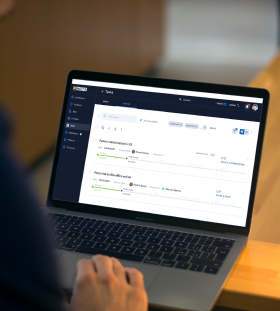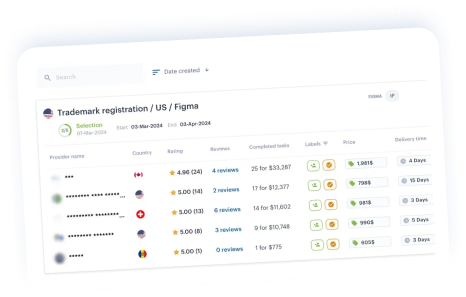अनुमति और पेटेंट प्रदान करने की सूचना
अनुमति की सूचना प्राप्त होने पर, आपको आवश्यक अनुदान शुल्क का भुगतान करना चाहिए। इस भुगतान के बाद, पेटेंट आधिकारिक रूप से प्रकाशित और स्वीकृत हो जाएगा, जिससे आपके अनन्य अधिकार सुरक्षित हो जाएँगे



अनुमति की सूचना प्राप्त होने पर, आपको आवश्यक अनुदान शुल्क का भुगतान करना चाहिए। इस भुगतान के बाद, पेटेंट आधिकारिक रूप से प्रकाशित और स्वीकृत हो जाएगा, जिससे आपके अनन्य अधिकार सुरक्षित हो जाएँगे







-
एक AI-संचालित IP सहायक जो आपको मिनटों में विस्तृत असाइनमेंट बनाने में मदद करता है।
-
विशिष्ट मानदंडों के आधार पर सबसे उपयुक्त स्थानीय पेटेंट वकील का चयन।
-
भत्ते की सूचना प्राप्त करना, सरकारी शुल्क का प्रबंधन करना और पेटेंट प्रमाणपत्र जारी करना।
-
संपूर्ण प्रक्रिया के दौरान प्लेटफॉर्म पर ऑनलाइन निगरानी और रिपोर्टिंग।

-

150 से अधिक देशों की 800 से अधिक आईपी कानून फर्म, रैंकिंग और समीक्षा
-

एक AI-संचालित IP सहायक जो कार्य बनाने और प्रासंगिक वकीलों को खोजने में मदद करता है
-

फ्लैट शुल्क, गारंटीकृत परिणामों के साथ सुरक्षित और तेज़ ऑनलाइन भुगतान
-

आपके सभी मामलों के लिए पंजीकरण प्रक्रिया और ऑनलाइन डेटा भंडारण तक 24/7 पहुंच
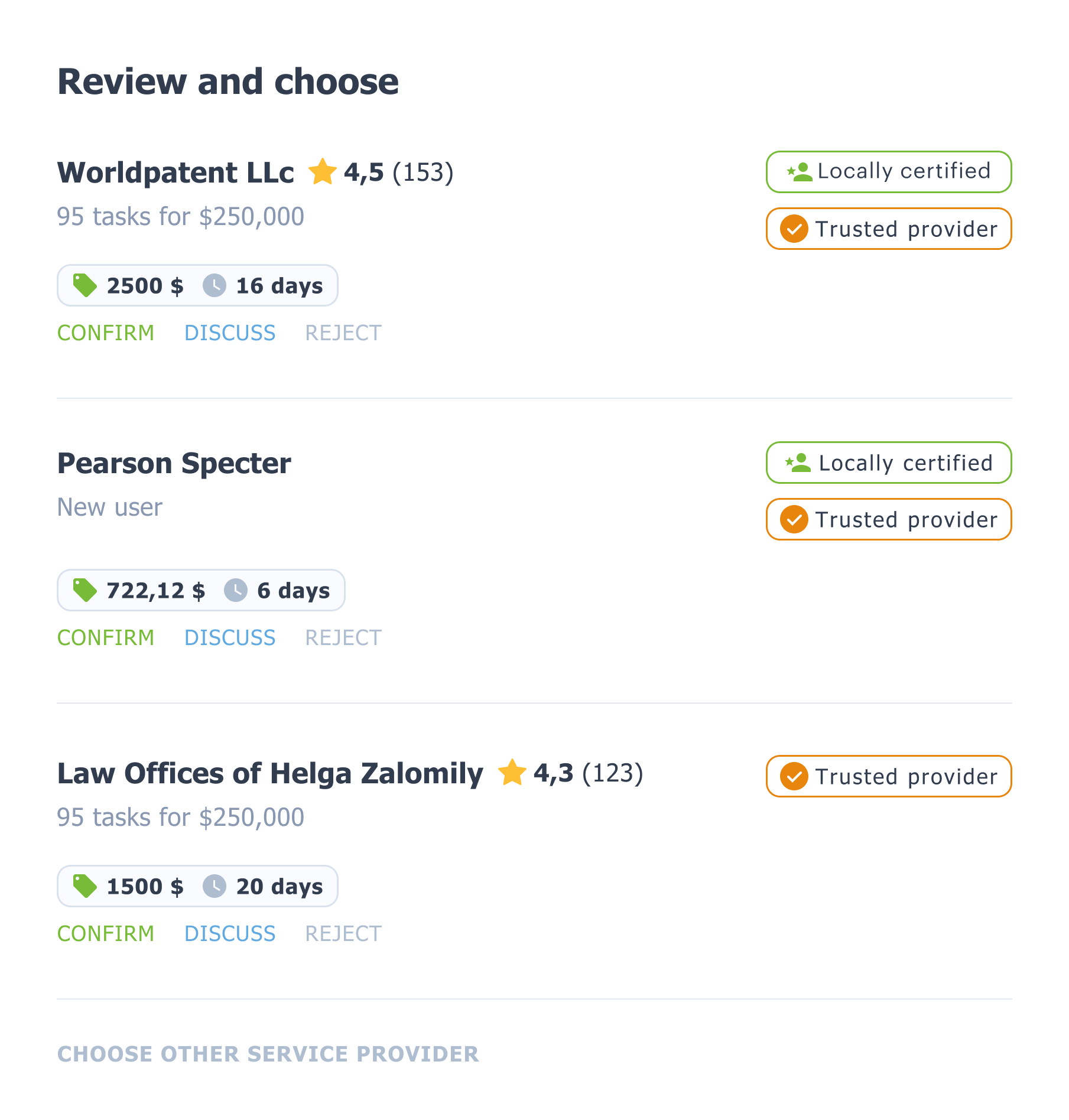

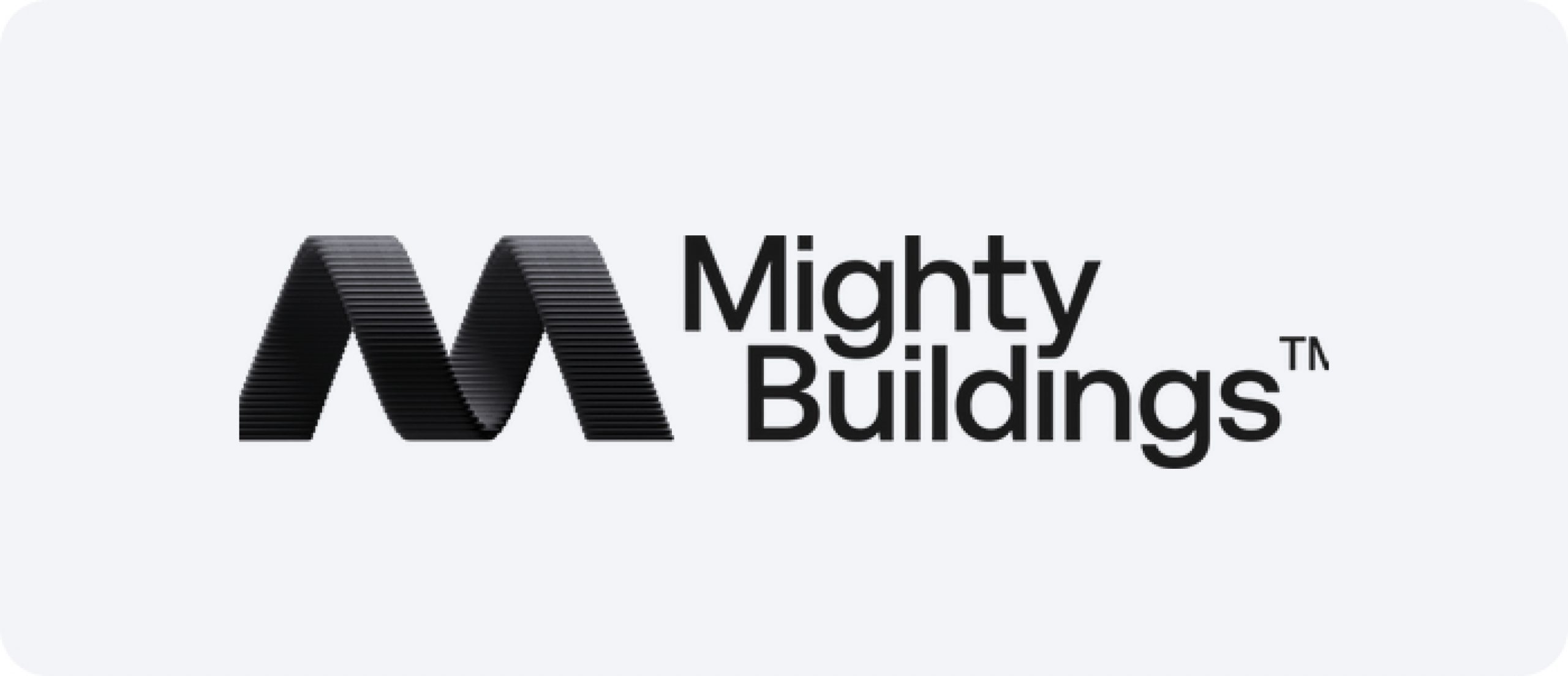
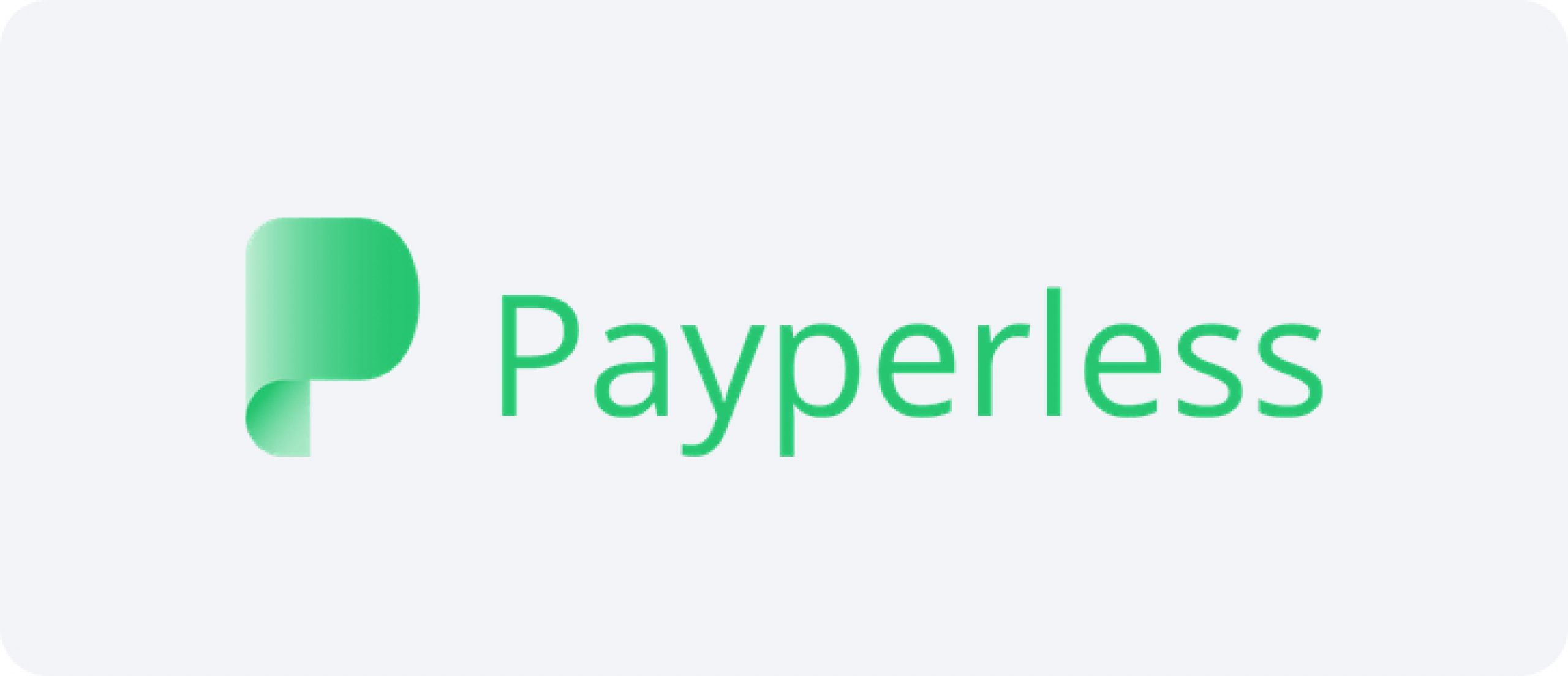

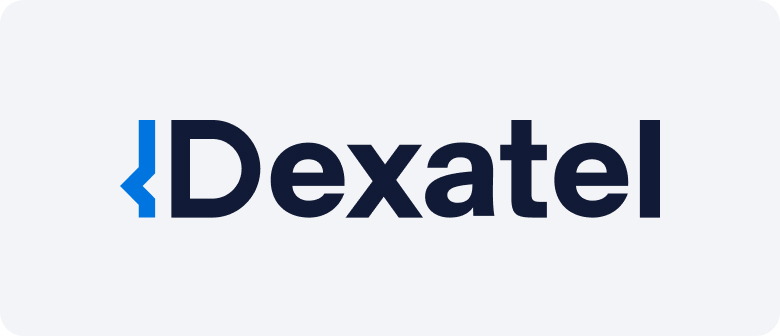
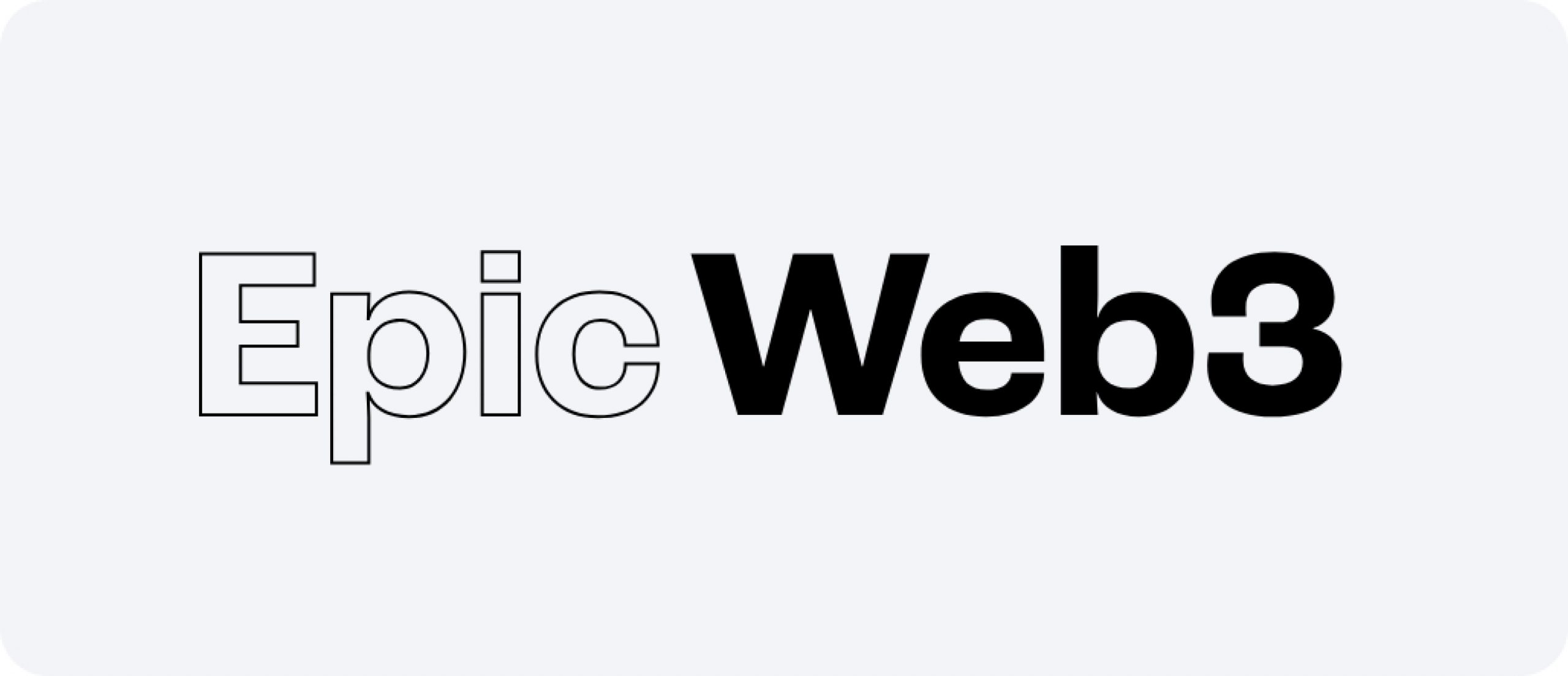
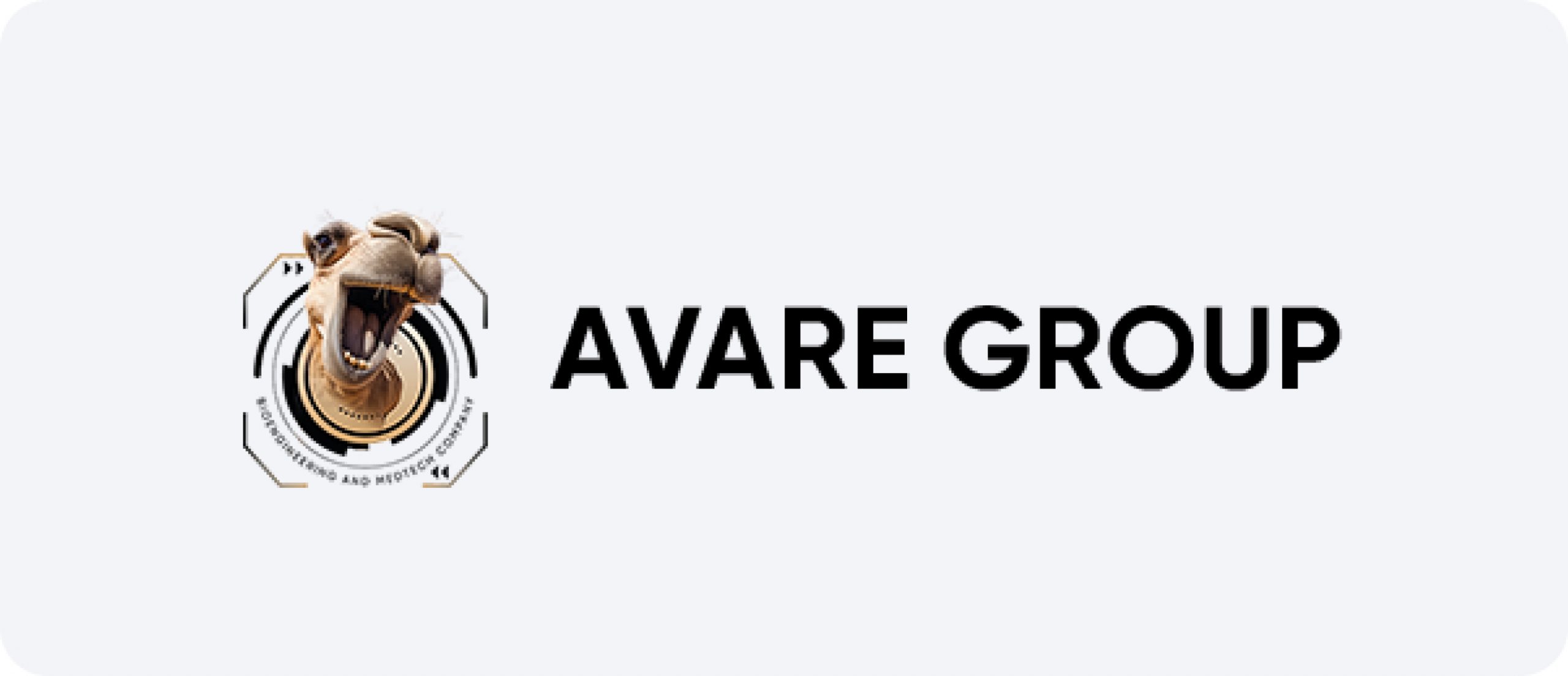
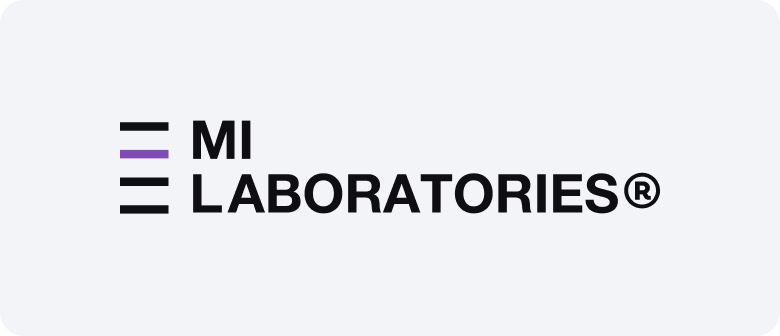
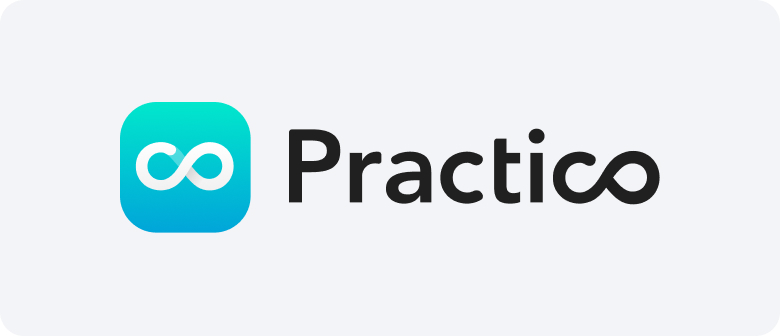
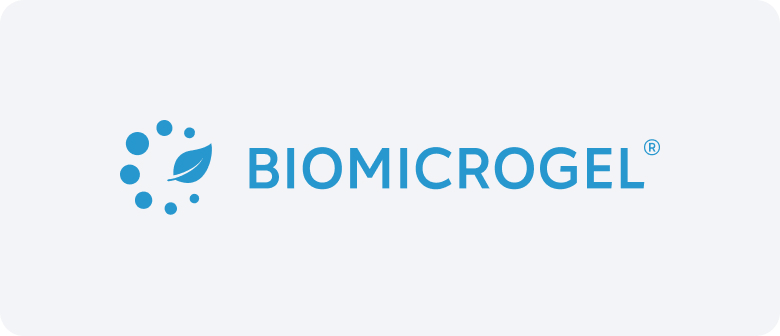
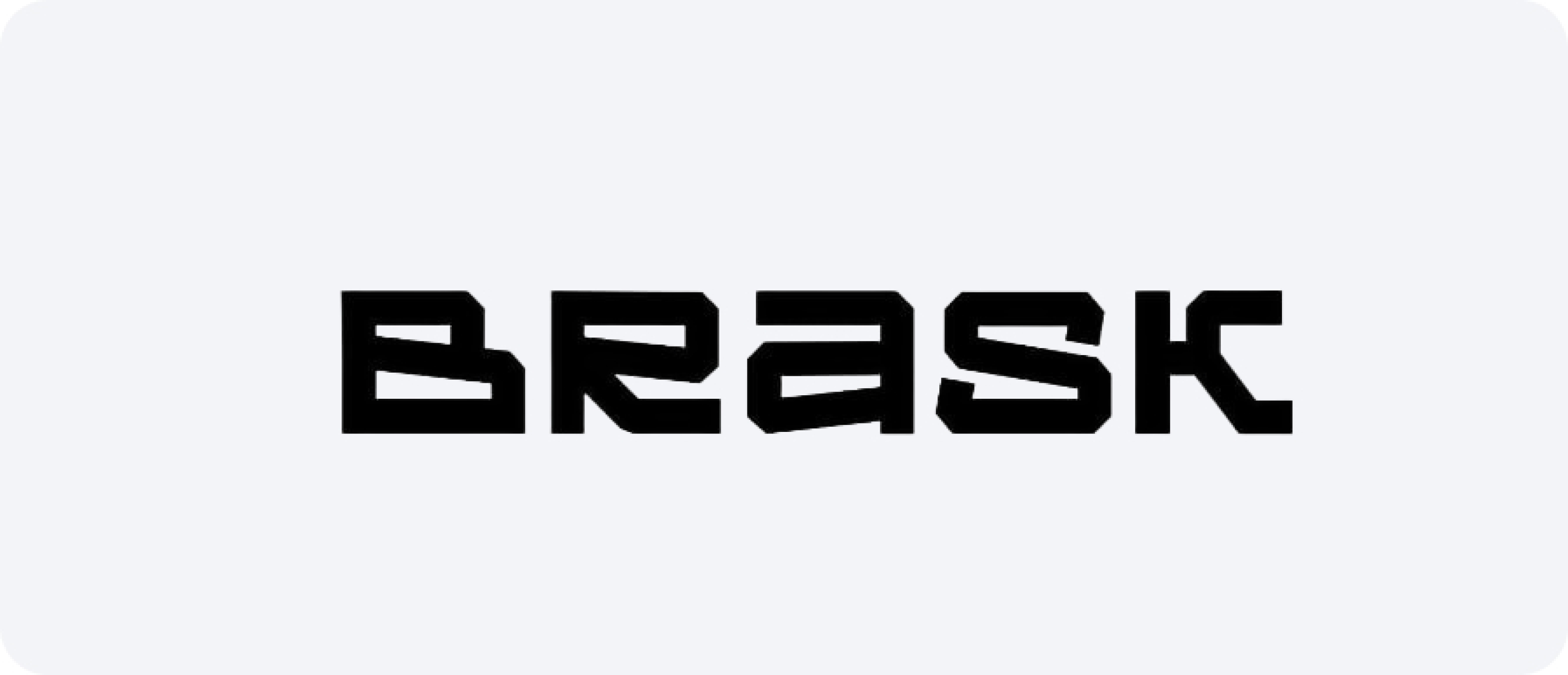
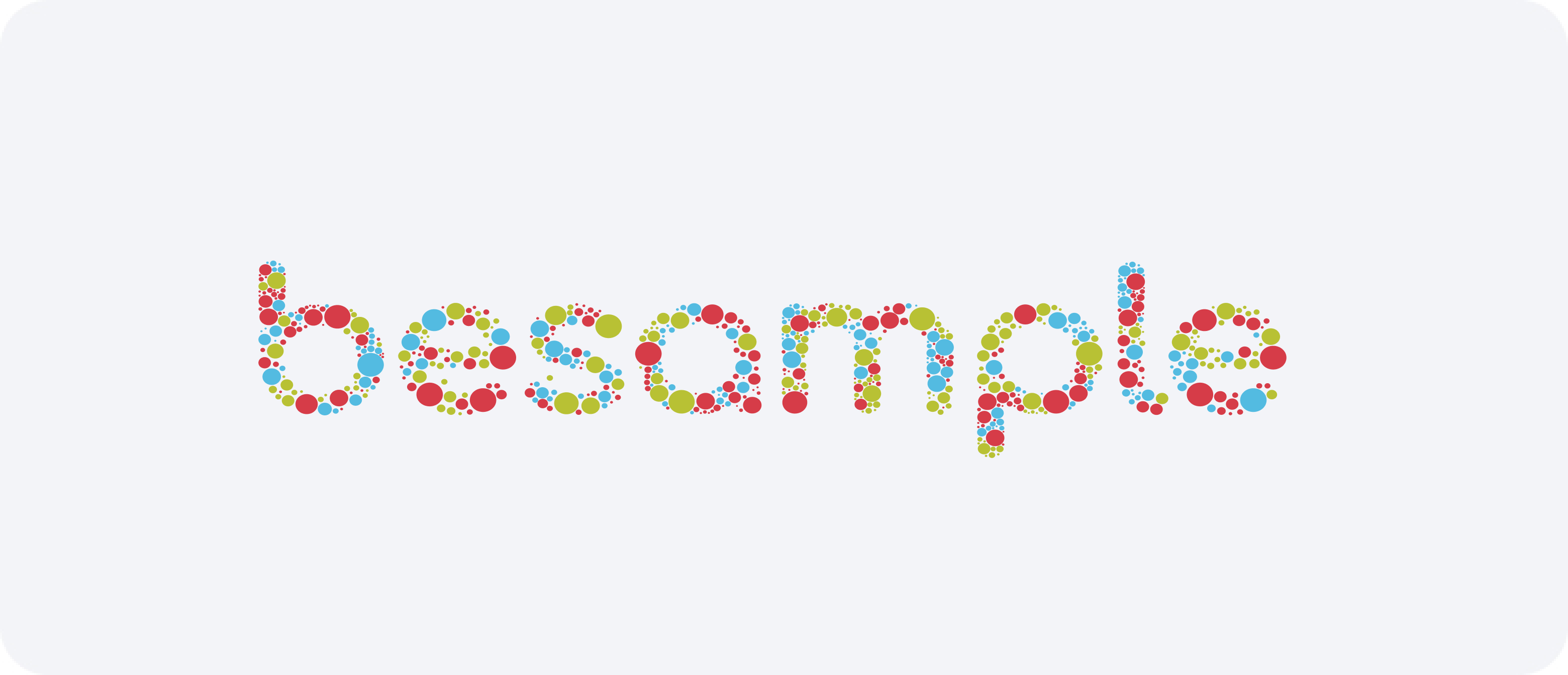
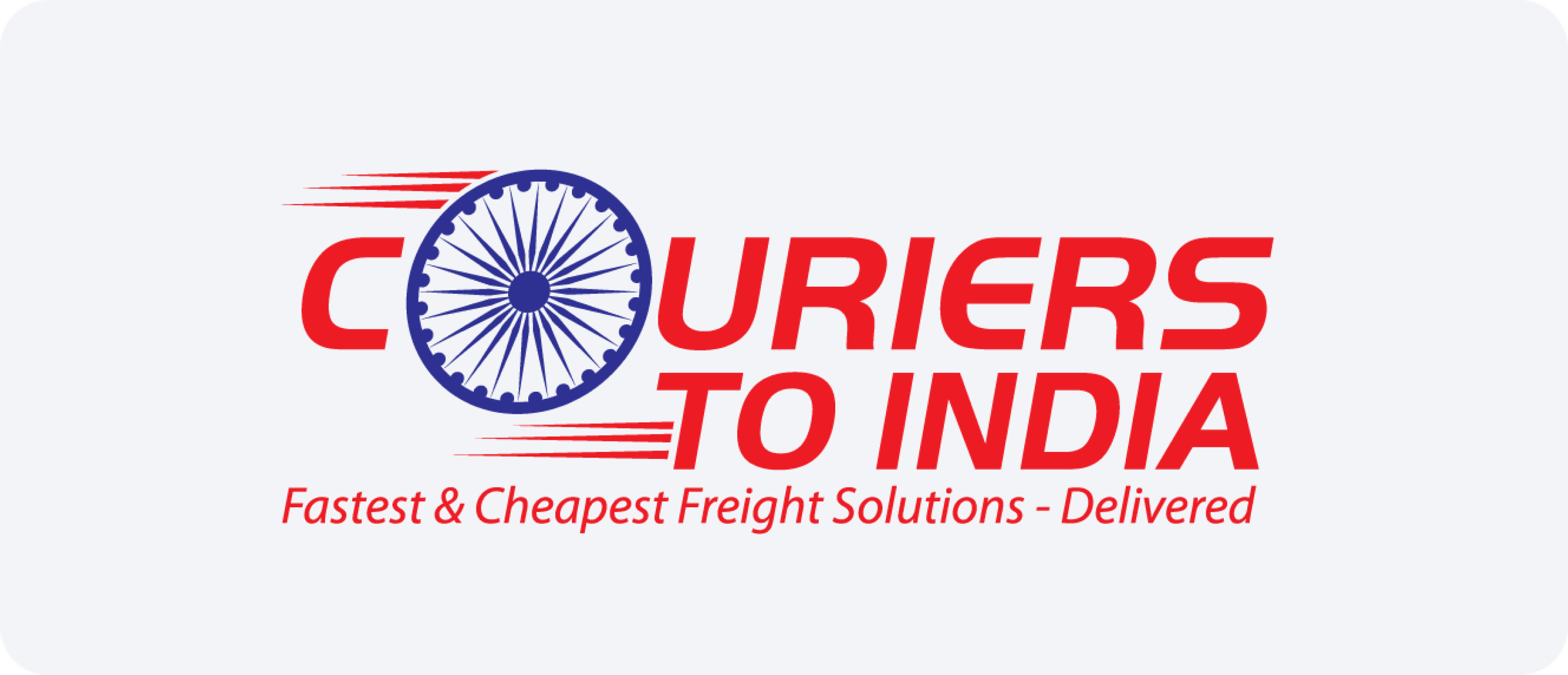

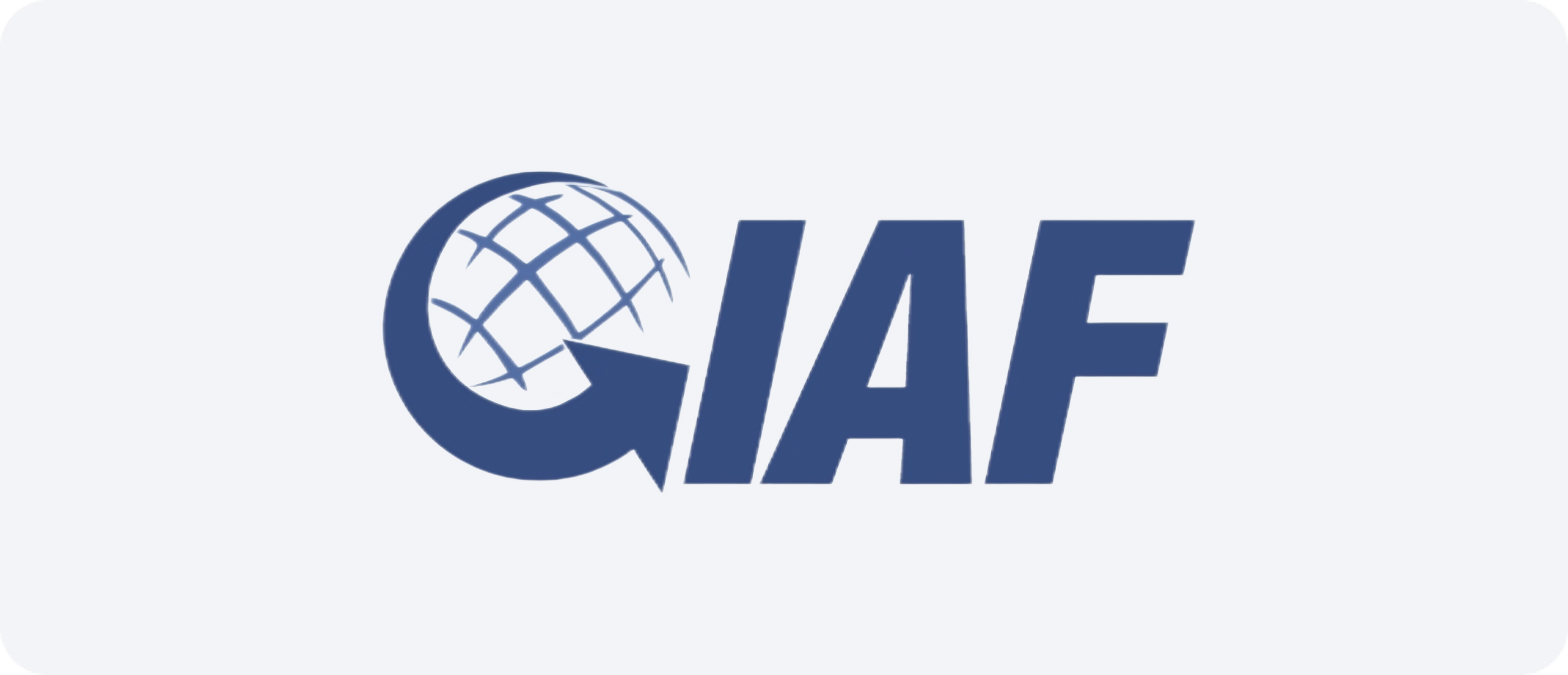
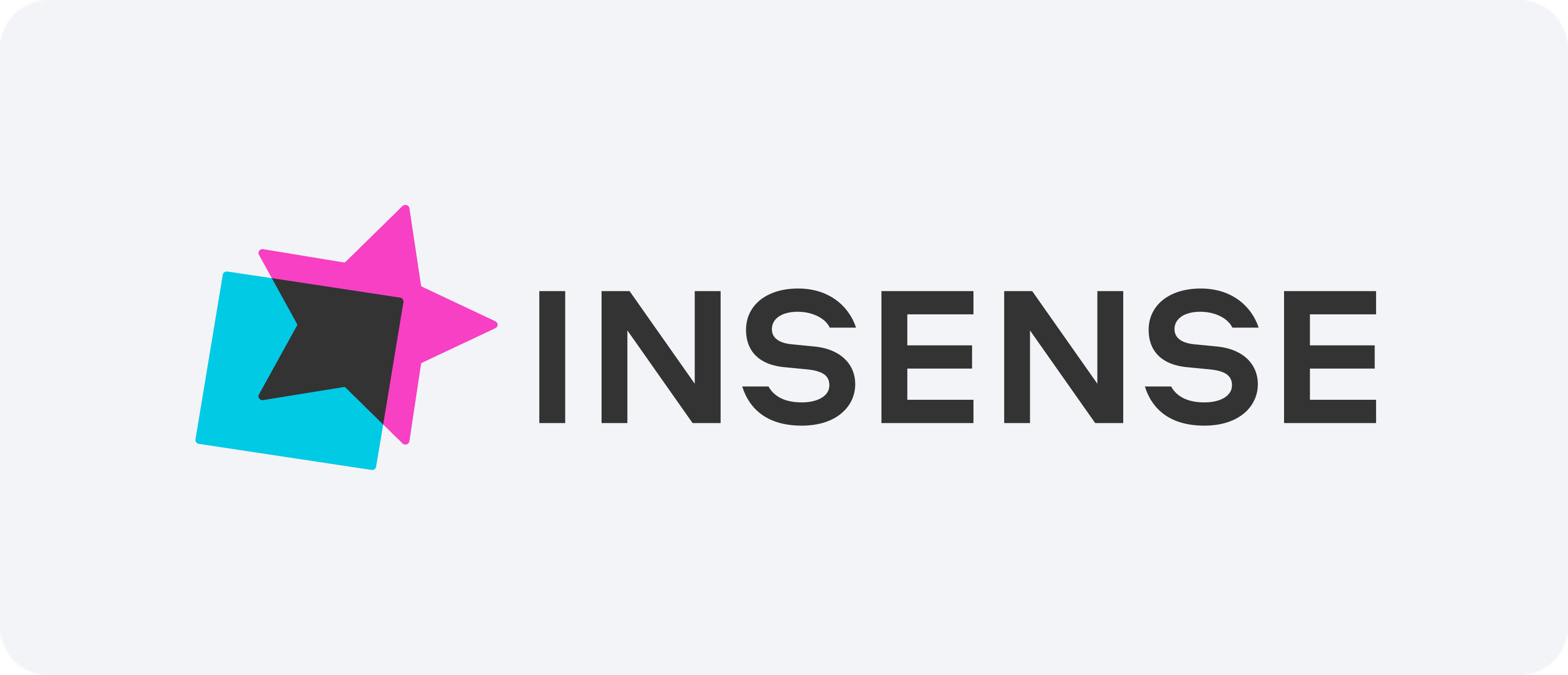

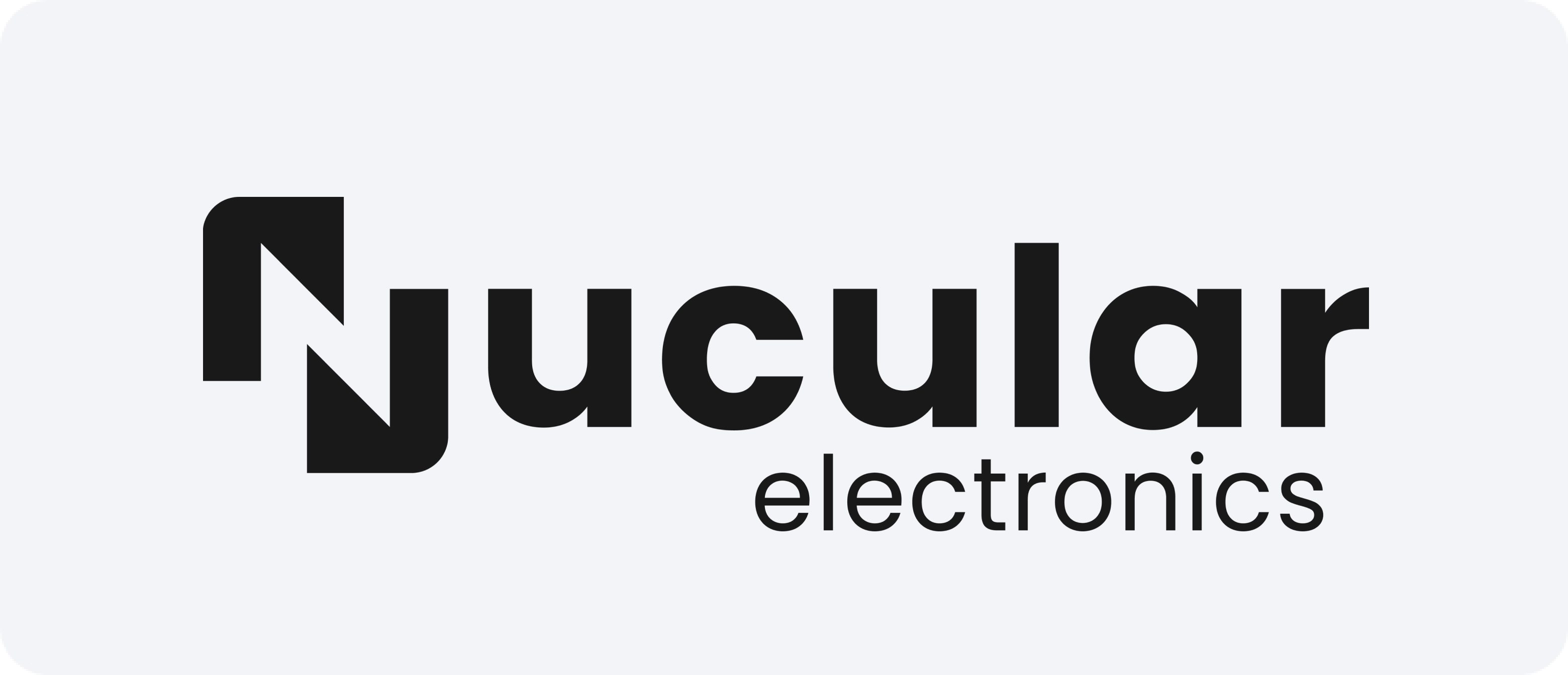
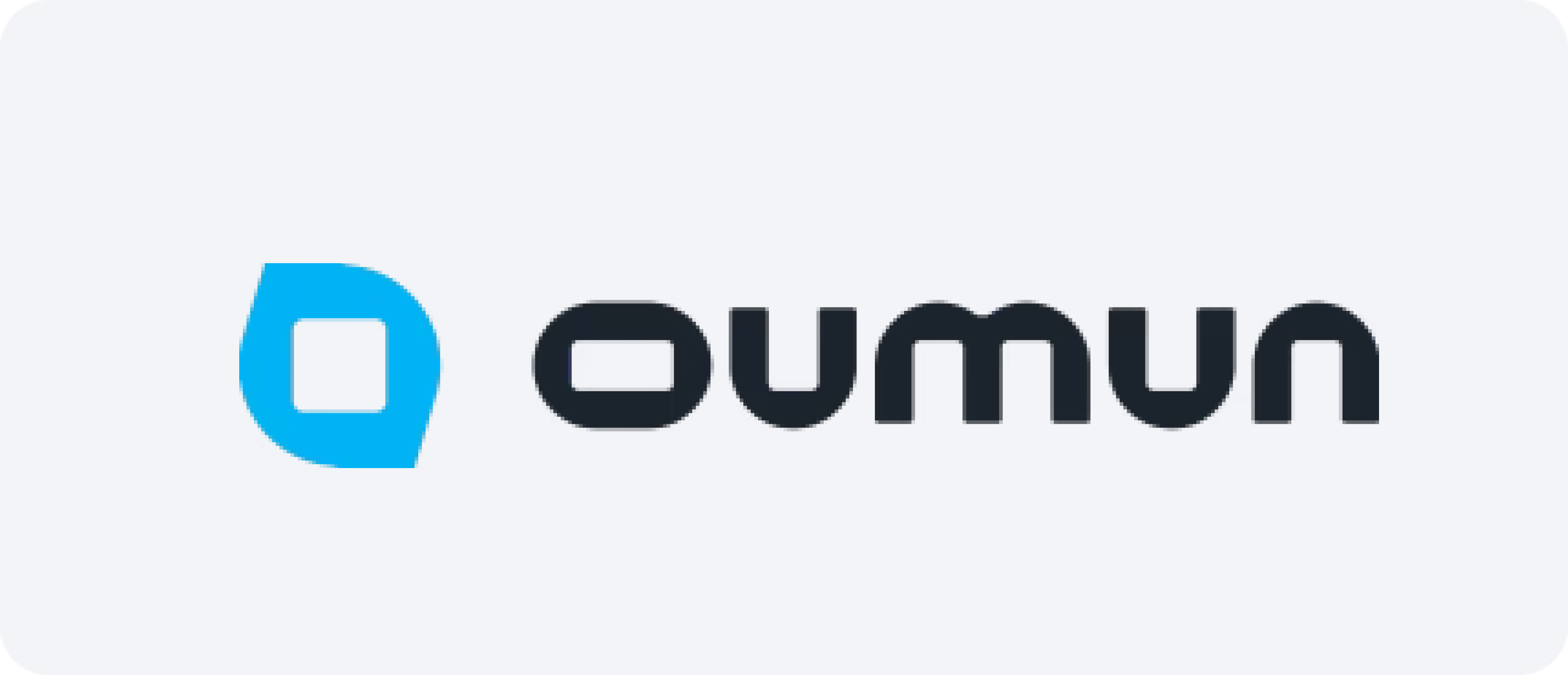

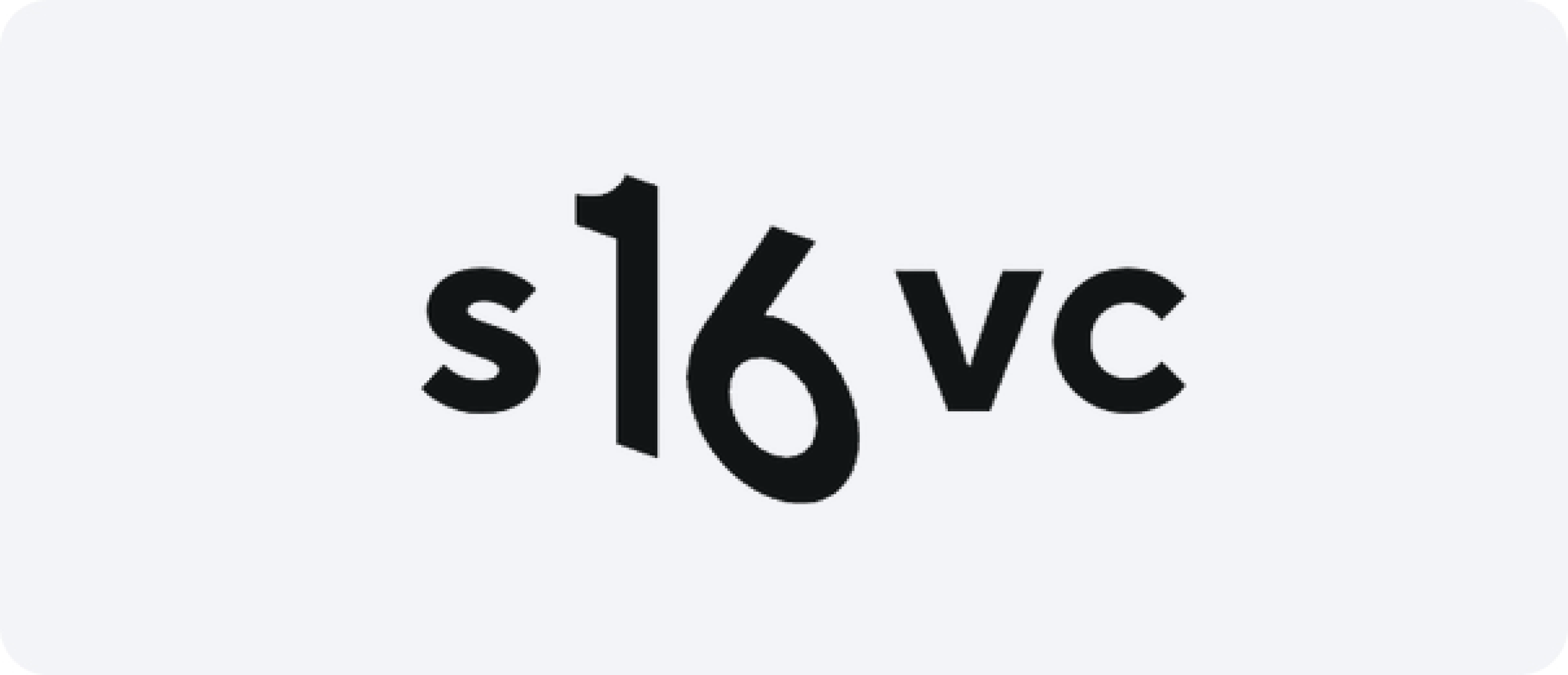




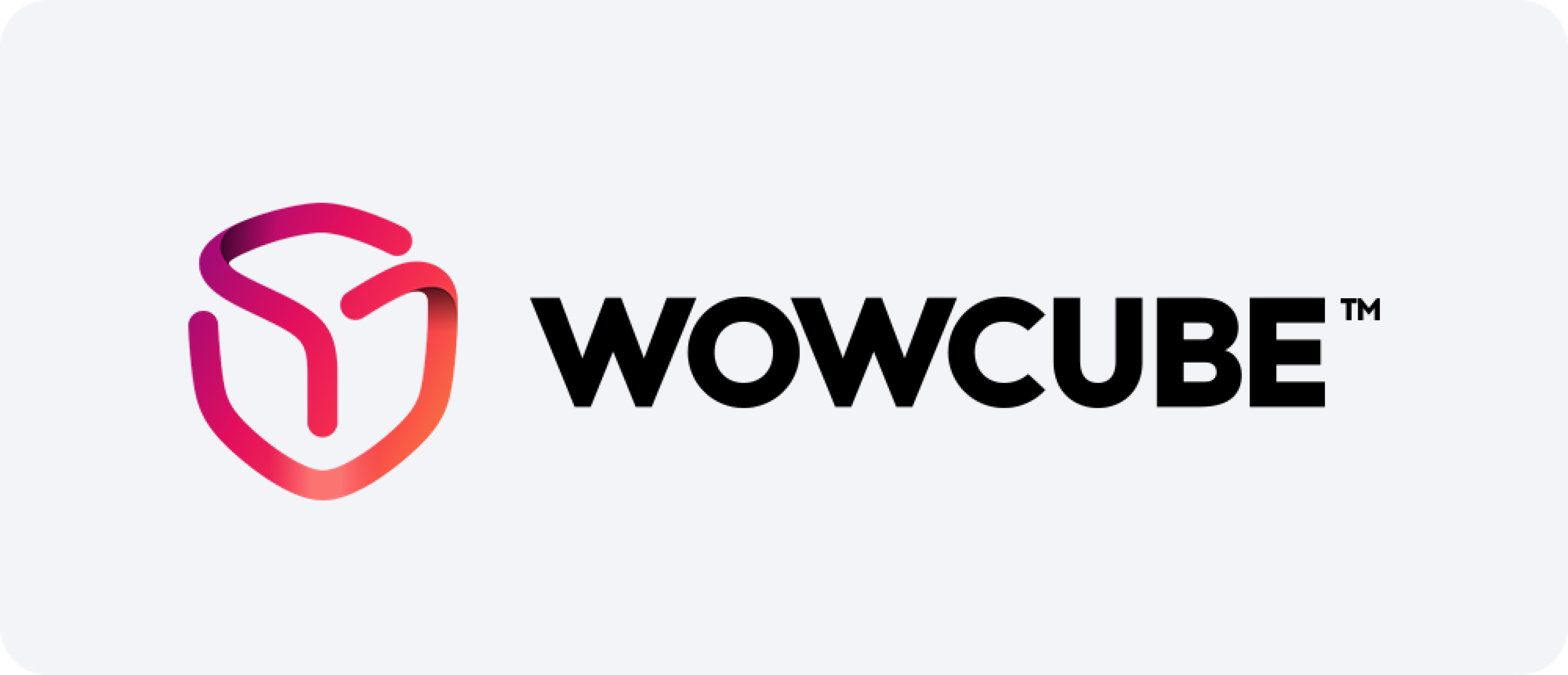












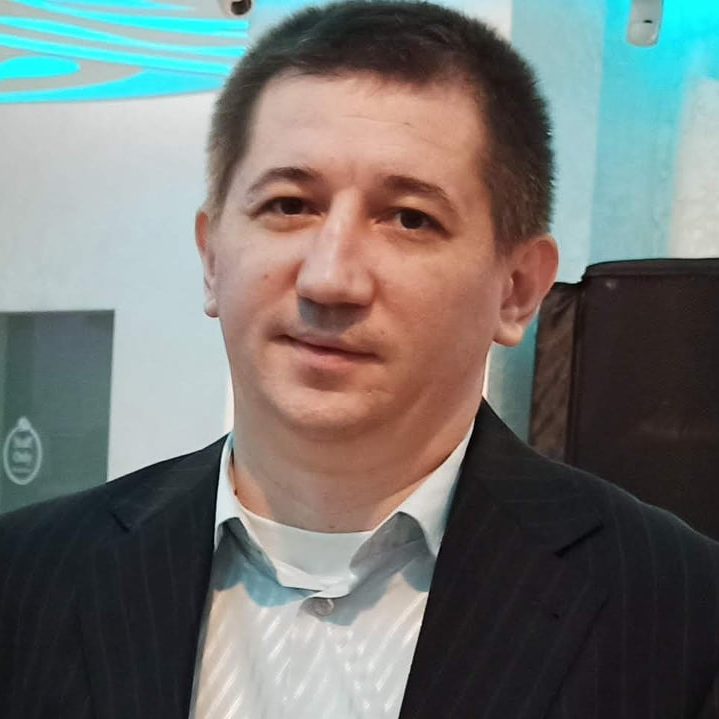
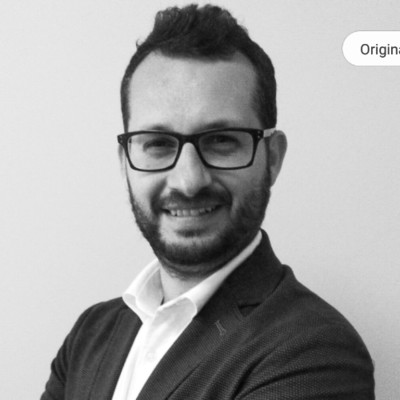
दुनिया भर में अनुमति और पेटेंट अनुदान की सूचना: नवप्रवर्तकों को क्या जानना चाहिए
पेटेंट प्रक्रिया में अनुमति की सूचना प्राप्त करना एक महत्वपूर्ण क्षण होता है। यह औपचारिक संचार इस बात का संकेत देता है कि कार्यालय ने अपनी जाँच पूरी कर ली है और पेटेंट प्रदान करने के लिए तैयार है, बशर्ते आवेदक अंतिम आवश्यकताओं को पूरा करे। दुनिया भर में संरक्षण चाहने वाले नवप्रवर्तकों और व्यवसायों के लिए यह समझना आवश्यक है कि विभिन्न क्षेत्राधिकारों में यह प्रक्रिया कैसे काम करती है।
जारी करने की सूचना एक प्रक्रियात्मक मील का पत्थर से कहीं बढ़कर है—यह नवाचार को आगे बढ़ने के लिए एक हरी झंडी है, जिससे आविष्कारकों को अनन्य अधिकार प्राप्त करने का अवसर मिलता है। चाहे आप संयुक्त राज्य अमेरिका, यूरोप, एशिया या अन्य क्षेत्रों में आवेदन कर रहे हों, पेटेंट प्रदान करने की प्रक्रियाओं की बारीकियों को समझना सुनिश्चित करता है कि आप वैश्विक स्तर पर अपनी बौद्धिक संपदा की सुरक्षा के लिए अच्छी स्थिति में हैं।
वैश्विक पेटेंट अनुदान प्रक्रिया को समझना
हालाँकि विभिन्न क्षेत्रों में कानून अलग-अलग होते हैं, फिर भी अधिकांश देशों में एक समान क्रम अपनाया जाता है: आवेदन जमा करना, जाँच, जारी करना और अंततः अधिकारों का जारी होना। अनुमति की सूचना जारी होने के बाद, आवेदकों को आमतौर पर जारी करने की फीस का भुगतान करना होता है और अंतिम दस्तावेज़ प्रदान करने होते हैं। इसके बाद पेटेंट का प्रकाशन और औपचारिक जारी होना शुरू होता है।
संयुक्त राज्य अमेरिका में, यूएसपीटीओ परीक्षक द्वारा यह निर्धारित करने के बाद कि आवेदन सभी वैधानिक आवश्यकताओं का अनुपालन करता है, अधिसूचना जारी की जाती है। ईपीओ या जेपीओ जैसे अन्य न्यायालयों में भी तुलनीय लेकिन स्थानीय रूप से अनुकूलित प्रक्रियाएँ हैं।
वैश्विक अनुमोदन पाइपलाइन में आमतौर पर निम्नलिखित तत्व पाए जाते हैं:
- सफल परीक्षा के बाद जारी अधिसूचना
- लागू जारी शुल्क का भुगतान
- किसी भी अंतिम संशोधन या दस्तावेज़ को प्रस्तुत करना
- आविष्कार अनुदान का प्रकाशन
- आवेदक को अधिकार जारी करना
समानताओं के बावजूद, समय-सीमा और प्रक्रियाएँ अलग-अलग हो सकती हैं। उदाहरण के लिए, जापान में, आवेदकों को एक निश्चित समय-सीमा के भीतर जाँच का अनुरोध करना होता है, जबकि यूरोपीय संघ में, अनुवाद संबंधी आवश्यकताएँ और सत्यापन चरण अनुमोदन के बाद ही पूरे होते हैं।
विश्वव्यापी अनुमोदन में प्रमुख अंतर
कई देशों में पेटेंट हासिल करने के लिए स्थानीय प्रथाओं और संभावित देरी की जानकारी होना ज़रूरी है। यहाँ कुछ प्रमुख क्षेत्राधिकारों द्वारा जारी करने की अधिसूचना और अनुमोदन प्रक्रिया को कैसे संभाला जाता है, इसका संक्षिप्त विवरण दिया गया है:
- संयुक्त राज्य अमेरिकाजारी करने की सूचना प्राप्त होने के बाद, आवेदकों के पास आमतौर पर जारी करने का शुल्क जमा करने के लिए तीन महीने का समय होता है। प्रक्रिया पूरी होने के बाद, जारीकर्ता प्रकाशित हो जाता है और आविष्कार संख्या प्रदान की जाती है।
- यूरोपीय संघ"जारी करने के इरादे" के संचार के बाद, आवेदकों को पाठ को स्वीकृत करना होगा और शुल्क का भुगतान करना होगा। इसके बाद आविष्कार को चयनित सदस्य राज्यों में प्रकाशित और मान्य किया जाता है।
- चीनआवेदन के स्वीकार्य पाए जाने पर, CNIPA एक अधिसूचना जारी करता है और अंतिम शुल्क का अनुरोध करता है। इसके बाद आविष्कार जारी और प्रकाशित किया जाता है।
- जापान: संयुक्त उद्यम पंजीकरण कार्यालय (जेपीओ) एक जारी करने संबंधी अधिसूचना जारी करता है, जिसमें पंजीकरण शुल्क के भुगतान की आवश्यकता होती है। आविष्कार रजिस्टर में प्रविष्टि के बाद अधिकार प्रदान किए जाते हैं।
- कनाडाजारी करने की अधिसूचना के बाद, आवेदकों को एक निश्चित अवधि के भीतर अंतिम शुल्क का भुगतान करना होगा। इसके बाद आविष्कार स्वीकृत हो जाता है।
- ऑस्ट्रेलियास्वीकृति के बाद, आविष्कार प्रकाशित किया जाता है और प्रतीक्षा अवधि के बाद जारी किया जाता है, कोई शुल्क आवश्यक नहीं है।
- ब्राज़िल: अनुमोदन प्रक्रिया में अक्सर बैकलॉग के कारण अधिक समय लगता है, लेकिन एक बार अनुमति मिलने पर, अधिसूचना भेजी जाती है, और जारी करने के लिए अंतिम शुल्क की आवश्यकता होती है।
जारी करने की सूचना प्राप्त करने के लाभ
जारी करने की सूचना प्राप्त करने से कई लाभ होते हैं:
- कानूनी निश्चितता - यह पुष्टि करता है कि आविष्कार नवीन, आविष्कारशील और औद्योगिक रूप से लागू माना जाता है।
- मुद्रीकरण के अवसर - निवेशक और साझेदार तब इसमें शामिल हो सकते हैं जब उन्हें अनुमोदन का स्पष्ट मार्ग दिखाई दे।
- बाजार स्थिति निर्धारण - कंपनियां अपने लंबित मुद्दे को सार्वजनिक रूप से प्रकट कर सकती हैं, जिसे अक्सर "लंबित" के रूप में चिह्नित किया जाता है।
- लाइसेंसिंग क्षमता - जारी करने की अधिसूचना हाथ में होने से, लाइसेंसधारकों को बातचीत में लाभ मिलता है।
- रणनीतिक योजना - विदेशी अधिकार क्षेत्र में प्रवेश करने या प्रभागीय आवेदनों का अनुरोध करने की समय-सीमा अधिक ठोस हो जाती है।
सामान्य चुनौतियाँ और विचार
हालाँकि जारी करने की सूचना आशावाद का कारण है, लेकिन यह स्वतः स्वीकृति की गारंटी नहीं देती। फिर भी कई समस्याएँ उत्पन्न हो सकती हैं, जैसे:
- जारी करने का शुल्क चुकाने की समय सीमा चूकना
- अंतिम पाठ या चित्र में त्रुटियाँ
- गैर-अंग्रेजी क्षेत्राधिकारों में अनुवाद संबंधी गलतियाँ
- कुछ क्षेत्रों में मुद्दे के बाद विरोध या पुनर्मूल्यांकन
- विभाजन या निरंतरता आवेदनों के लिए अलग-अलग नियम
सक्रिय प्रबंधन महत्वपूर्ण है। एजेंट और वकील अक्सर वैश्विक फाइलिंग का समन्वय करते हैं ताकि यह सुनिश्चित हो सके कि अनुमोदन प्रक्रिया सभी देशों में सुचारू रूप से चले। पीसीटी जैसे उपकरणों का उपयोग करके, राष्ट्रीय चरणों में प्रवेश करने से पहले, एक ही प्रक्रिया के तहत अंतर्राष्ट्रीय फाइलिंग को सुव्यवस्थित किया जा सकता है।
वैश्विक स्तर पर आविष्कार अनुमोदन के प्रबंधन के लिए सुझाव
आपकी अंतर्राष्ट्रीय रणनीति को अनुकूलित करने के लिए यहां व्यावहारिक सुझाव दिए गए हैं:
- अधिसूचना जारी होने के बाद सभी समय-सीमाओं की बारीकी से निगरानी करें
- विभिन्न क्षेत्राधिकारों में जारी शुल्क के लिए बजट
- यूरोप, जापान या चीन जैसे क्षेत्रों के लिए अनुवाद की सटीकता सुनिश्चित करें
- ऐसे स्थानीय वकील के साथ काम करें जो राष्ट्रीय कानूनों और समयसीमाओं को समझते हों
- आविष्कार स्वीकृत हो जाने पर संभावित लाइसेंसिंग या प्रवर्तन की योजना बनाना
- व्यावसायिक लक्ष्यों के साथ फाइलिंग रणनीतियों को संरेखित करें—कुछ बाज़ारों में पूर्ण इश्यू कवरेज की आवश्यकता नहीं हो सकती है
अंतिम विचार
आवेदन से लेकर आविष्कार जारी होने तक का सफ़र मील के पत्थरों से भरा होता है, लेकिन जारी करने की अधिसूचना सबसे महत्वपूर्ण होती है। यह वैश्विक स्तर पर बौद्धिक संपदा अधिकारों की सुरक्षा के अंतिम चरण का संकेत देती है। क्षेत्राधिकार-विशिष्ट प्रक्रियाओं को समझने से आविष्कारकों और कंपनियों को बेहतर योजना बनाने, जोखिम कम करने और अपनी वैश्विक बौद्धिक संपदा रणनीति को बेहतर बनाने में मदद मिलती है।
विचारशील तैयारी और अनुभवी समर्थन के साथ, व्यवसाय अनुमोदन प्रक्रिया को सीमाओं के पार ले जा सकते हैं, तथा नवाचार को संरक्षित बाजार लाभ में बदल सकते हैं।
